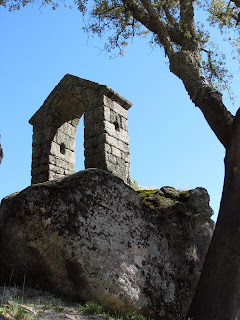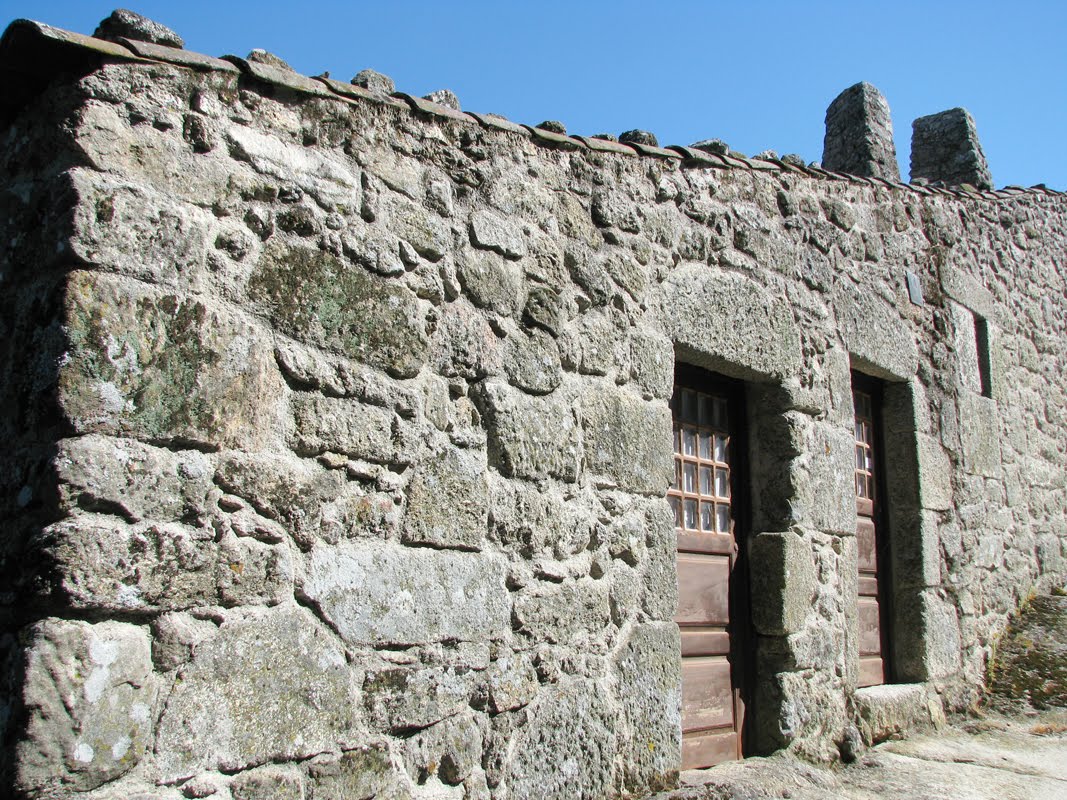Day 81. Castelo Branco

В еврейских домах обычно было две двери: одна вела в жилые помещения, другая – в магазин. Фасад, как правило, был ассиметричен. В XV веке на многих дверных проемах и окнах, как уже не раз упоминалось, появились сколы и кресты... Сегодня эти знаки исчезают с португальских улиц, как когда-то исчезли люди, населявшие эти дома. Стрáнница бродила по Каштело Бранко в поисках прошлого, и вновь открывая его для себя... День 81. Каштело Бранко Если вы спросите португальцев, что нужно обязательно посмотреть в Каштело Бранко, скорее всего, они вам ответят: «Парк». Только они забудут сказать, что этот город мертвее многих окружающих его деревень. Что похоронные бюро здесь на каждом шагу. По улицам бродят люди-признаки... На автобусной станции – дискриминация...



